What Is a Telephoto Lens? 5 Things To Know About Long Lenses
A telephoto lens is a long lens that makes objects appear as if they were closer to the camera.
Don’t think you should pull out a telephoto lens only when you need to capture that thing in the distance. You’d be missing out on some of the biggest reasons to shoot with a long lens.
Here’s what budding photographers need to know about telephoto lenses.
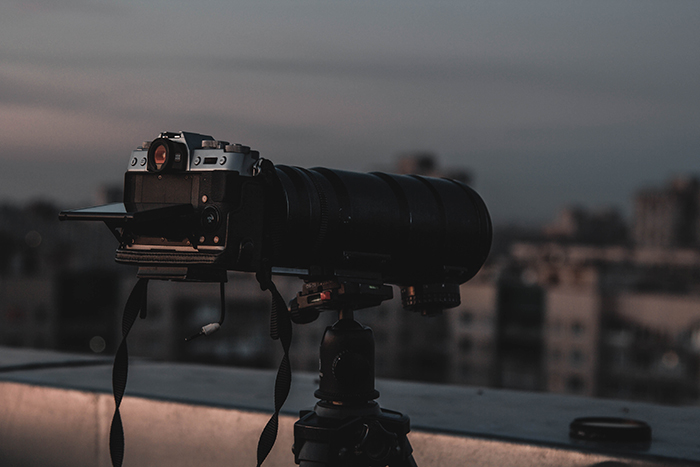
What Is a Telephoto Lens?
A telephoto lens is any lens that has a long focal length. Depending on who you ask, some
say a telephoto lens is anything that’s 60mm or greater. Other photographers wouldn’t consider
a lens telephoto until 80mm or 85mm. And others don’t use the term until the mid-telephoto
range above 135mm.
Either way, a telephoto lens helps to bring distant subjects closer to the camera than a
wide-angle or standard focal length lens.
A telephoto lens can be a zoom lens, with multiple focal lengths in one lens such as a
70-300mm lens. But, a telephoto lens can also be a prime lens with a single focal length,
such as a 200mm lens or a 600mm lens.
To bring subjects up close to the camera, telephoto lenses require multiple pieces of glass
inside the lens itself. Because of that, telephoto lenses are often long and heavy.
The biggest telephoto lenses have a tripod collar to help support the lens’ weight using
a tripod.
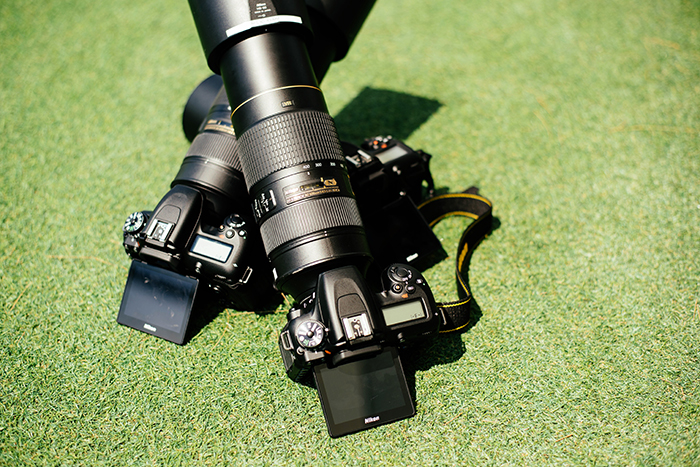
Telephoto Lenses and Sensor Size
A 300mm lens on a full-frame camera is a 300mm lens. But change the size of the sensor
in the camera body, and the angle of view that the lens captures also changes.
A crop sensor, such as an APS-C sensor or Micro Four Thirds, makes a telephoto lens appear
to bring the subject even closer. That’s because it takes a crop of what the lens sees.
The optics in a lens projects the image onto the sensor (or a piece of film). If that sensor is
smaller, the image is cropped. Cropping the image makes that distant subject feel even closer.
That crop is why photographers who need to capture close-up images of their subjects
sometimes prefer crop sensor cameras. This is despite the fact that full-frame cameras
offer more in terms of image quality.
With Micro Four Thirds, the crop factor is 2x — which means a 300mm lens shoots like
a 600mm lens. That allows photographers to get up much closer with a smaller, often cheaper,
lens.
Types of Telephoto Lenses
Telephoto lenses are often further divided into sub-categories based on focal length.
Lenses between 85mm and 135mm are considered short telephotos. These lenses have some
ability to bring an object in close and create background separation, but to less of an extreme.
These focal lengths are often popular for portrait photography. The lens offers more background
separation without requiring the photographer to stand too far from the subject.
A 135mm to 300mm lens is often called a medium telephoto lens. These focal lengths are among
the most popular. They offer a significant reach without a significant price tag.
Lenses above 300mm are typically also referred to as a super telephoto lens. These lenses offer
the most reach. But they are often expensive and typically used by professionals more often
than hobbyists.
Telephoto Lenses and Shutter Speed
The camera settings that work with a wide-angle lens may create blur with a telephoto lens.
That’s because telephoto lenses are more prone to camera shake.
The magnification of the lens can exaggerate even the most minor camera movements. And
this creates blur. Telephoto lenses are also heavier, which means your hands are also more
prone to shake too.
As a general ‘rule,’ the denominator on the shutter speed should be at or greater than the
focal length when shooting handheld. A 100mm lens should be shot at a minimum
of 1/100 second, a 200mm lens at a minimum of 1/200.
Heavier lenses may need an even faster speed, as well as photographers that are more prone
to shaky hands. To shoot with a telephoto lens and a slower shutter speed, you’ll need a tripod.
The rule isn’t true 100% of the time though. Some stabilized lenses (or lenses attached to a
stabilized body) can shoot a bit lower without shake. Some heavier lenses will need an even
faster shutter to eliminate shake.
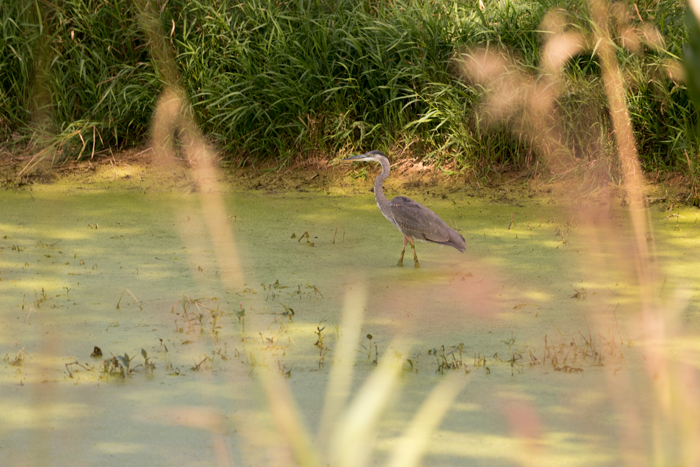
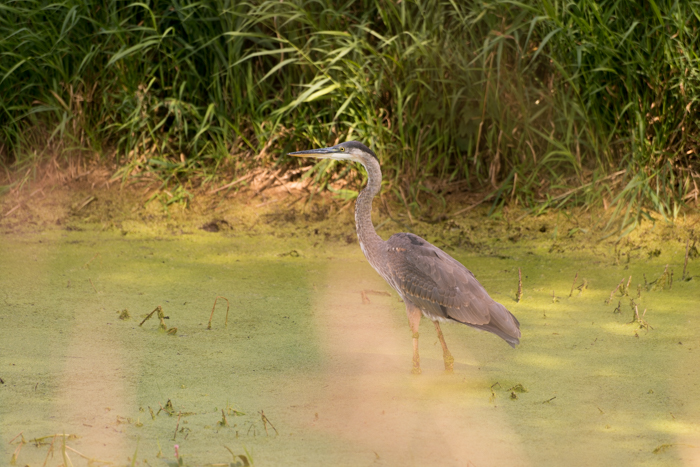
How Telephoto Lenses Affect the Background
Sometimes, photographers choose a telephoto lens because of what it can do to the background
of the shot. Lens compression is a photography term that’s used to describe how close the
background appears to the subject.
With a telephoto lens, the background appears closer to the subject than with a wide-angle lens.
In fact, the longer the focal length is, the less exaggerated distances seem to be.
Lens compression is actually a result of standing further from the subject rather than the actual
lens optics. But the effects on the photograph are important to understand nonetheless.
Because of lens compression, a telephoto lens can help fill in the background with less empty
space. A building, for example, will fill the background of a portrait with a telephoto lens but
not with a wide-angle lens.
Lens compression will also help the background to appear more blurred. A common
misconception is that using a telephoto lens actually creates a shallower depth of field or
creates more background blur.
A telephoto lens doesn’t actually affect the math for calculating the depth of field. But, the
background compression brings that blurry background in close. This gives it the appearance
of having more blur.
In short, a telephoto lens will make the background appear closer and more blurred. That is
a result of how close you are to the subject, not because of any optical trickery in the lens itself.
That background blur is one reason why even photographers who could walk closer to the
subject still choose a telephoto.
How Telephoto Lenses Affect the Subject
The difference between the background of a photo shot with a wide-angle and a photo shot
with a telephoto is significant. But the subject itself will also have some subtle differences too.
Just like the distance between the subject and the background is compressed, other distances
in the photo appear to be shorter too.
In a portrait, a wide-angle lens will make the eyes, nose and mouth appear farther apart.
With a telephoto lens, those facial features appear closer together. This typically creates
a more flattering portrait.
The effect is the same for subjects other than portraits too. Remember that a telephoto lens
makes distances seem shorter in the image.
If you want to create the sense that the objects in the photograph are closer together, use a
telephoto. To exaggerate distance, use a wide-angle.
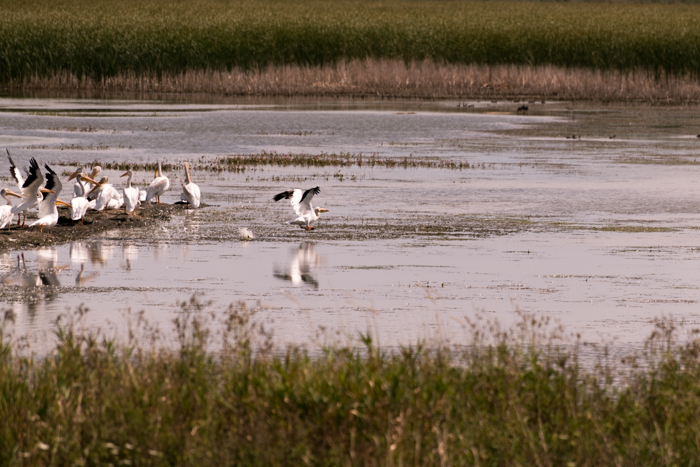
Other Common Telephoto Lens Questions
What is the difference between a telephoto lens and a zoom lens?
Telephoto and zoom are two different ways to describe a lens — and a lens can be both a
telephoto and a zoom lens.
A zoom lens is a lens that allows the photographer to adjust the focal length. This is usually
done by twisting the lens barrel. A telephoto lens is a lens with a long focal length — typically
more than 80mm. It’s used to get closer images of far off subjects.
A telephoto zoom lens would be a lens that has more than one focal length but also a long
focal length, such as a 70-300mm lens. A telephoto prime lens would be a long lens that
doesn’t zoom in or out, like a 200mm lens.
A zoom lens such as a 18-55mm isn’t a telephoto lens at all but a wide-angle zoom lens.
Do you really need a telephoto lens?
That depends on what you are photographing. If you can walk closer to the subject, then a
telephoto isn’t necessary. Subjects that are impossible to get close to, such as wild animals
or the action on a sports field, require a telephoto lens.
Other times, a telephoto is nice because of the background compression. Or the way the optics
make the background appear closer to the subject.
A 100mm lens, for example, is a popular choice for portraits. It offers more background blur,
even though in a portrait, it’s usually easy to walk closer to the subject.
Are telephoto lenses good for landscape?
Wide-angle lenses are the most popular optics for landscape photography. But a telephoto
lens can sometimes create great shots that would not have been possible with a shorter lens.
A telephoto lens will make objects in the landscape appear closer together. This can sometimes
work well in landscape photography.

Bringing a subject in close is the obvious reason to use a telephoto. But there’s so much more
to long lenses than that.
The background will also appear closer and more blurred. And the proportions on a portrait
subject’s face appear more pleasing.
---------------------------------------------------------------------------------------------------------------------
PHOTOGRAPHY FREEBIE:
How to make money with your Photography even if you're not a Pro.
Copy & paste this link into your browser, click ENTER, and enjoy:
https://mrdarrylt.blogspot.com/2020/01/how-to-make-500-month-from-your.html
or
https://www.photography-jobs.net/?hop=darryl54
----------------------------------------------------------------------------------------------------------------------
Visit me on Facebook and post your pictures.
https://www.facebook.com/Darryl-T-363867387724297/
No comments:
Post a Comment
Note: Only a member of this blog may post a comment.